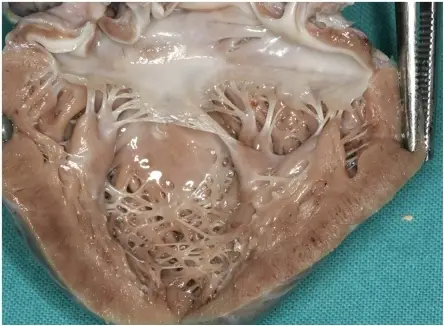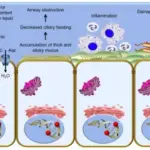Sudden infant death syndrome (SIDS) is sudden death of an infant below 1 year of age, which remains unexplained after a thorough investigation, including death scene analysis, review of medical history, and complete autopsy.
What is the Pathology of Sudden Infant Death Syndrome?
The pathology of sudden infant death syndrome is:
-Etiology: The cause of (sudden infant death syndrome) is Deficiencies in fatty acid metabolism.
-Genes involved: A985G mutation in the medium-chain acyl-CoA dehydrogenase (MCAD) gene
-Pathogenesis: The sequence of events that lead to sudden infant death syndrome are a persistence of fetal reflex responses into early infancy, during which enhanced inhibitory and depressed excitatory cardiorespiratory reflex responses to local stressors are present, leading to sudden death during sleep in otherwise normal-appearing infants.
-Morphologic changes: The morphologic changes involved with sudden infant death syndrome are abnormalities in the brainstem, a part of the brain that helps control heart rate, breathing, blood pressure, temperature and arousal.
How does Sudden Infant Death Syndrome Present?
Patients with sudden infant death syndrome are typically males. Infants are most vulnerable between the second and fourth months of life. There are no real clear symptoms that may be seen before the sudden death event.
How is Sudden Infant Death Syndrome Diagnosed?
There are no tests to assess for sudden infant death syndrome prior to death.
How is Sudden Infant Death Syndrome Treated?
Sudden infant death syndrome has no treatment.



